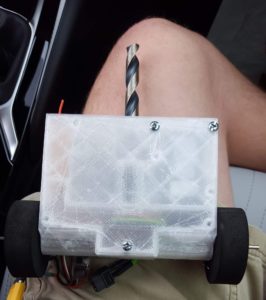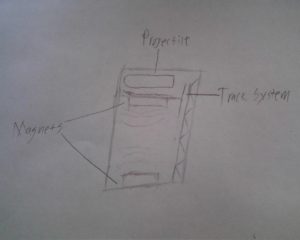
I built a 1LB Combat Robot over the course of the past few months. It has been a lot more fun, and stressful than I ever thought it would end up being. I even managed to compete down in Texas on June 2, this year. The process to get there has been fun, and also a lot longer than I expected it to be.
It all started about eight months ago when I bought myself a 3D Printer, the Ender 3. 3D printing as a technology has always fascinated me, and when I say always, I mean for at least ten years now. It was only recently that strides have been made in the technology to allow it be much cheaper, as well as reliable enough to be used by the masses. I have also managed to find steady employment and time enough to work on my printer.
I was originally inspired to make my own combat robot by the /r/battlebots subreddit. It’s a mix of a TV show fan-base, as well as a community for amateur builders. I followed it because I am a fan of big robots destroying the crap out of each other, and was introduced to the hobby side of it.
This hobby side is what I am happy to talk about today. Battlebots as a genre is generally limited only by weight, and un-fun weapons. Things like nets and radio jamming aren’t fun to watch or fight, and so they are disallowed. The only other real limit to what can be built is your imagination. The battlebots TV show usually has robots that weigh between 60 pounds and 340 pounds. Its an awesome amount of destruction, and totally worth watching.
However, these huge bots are hard to start making, and expensive to maintain. Going all the way down to one and three pound robots is a lot easier, and also a lot less expensive. This is where my 3D printer comes in. It is not only viable, it is actually often done where a robot uses 3D printed materials as their robot body / base. And thus; the seed of my idea was planted. I have a 3D printer, why not make my own tiny robot to fight with?


